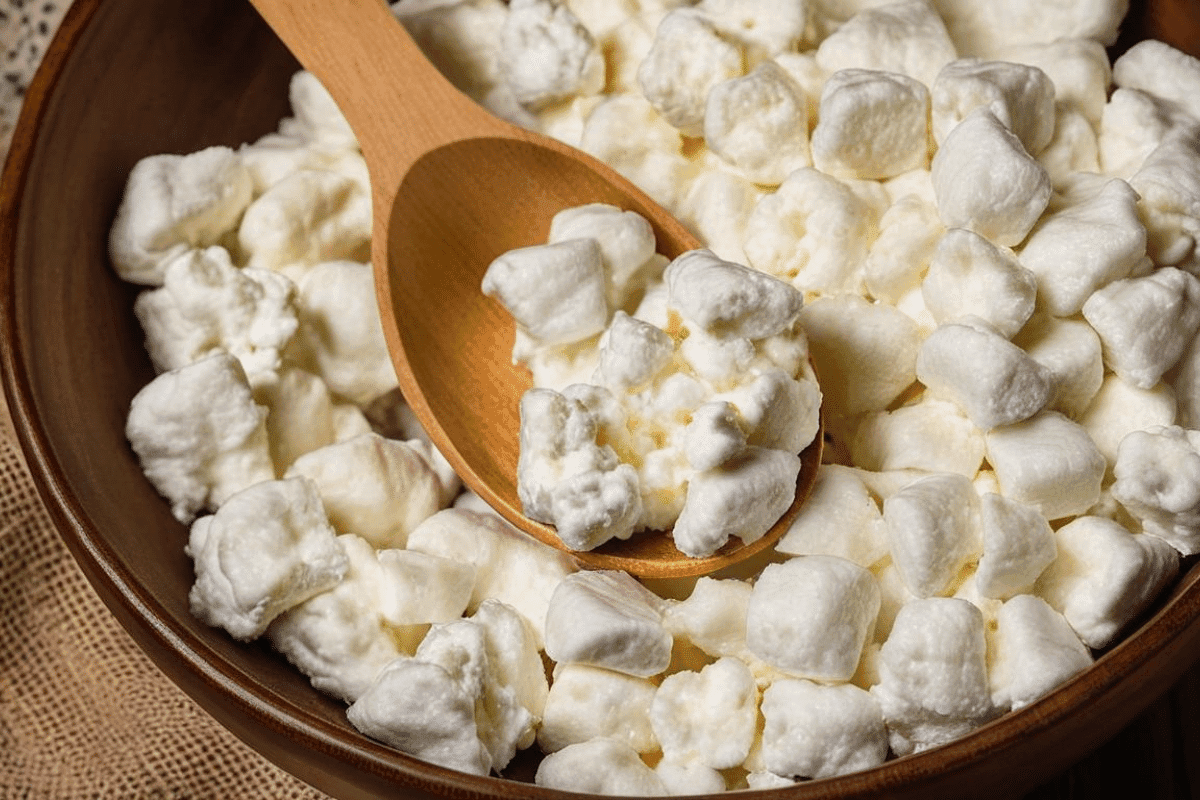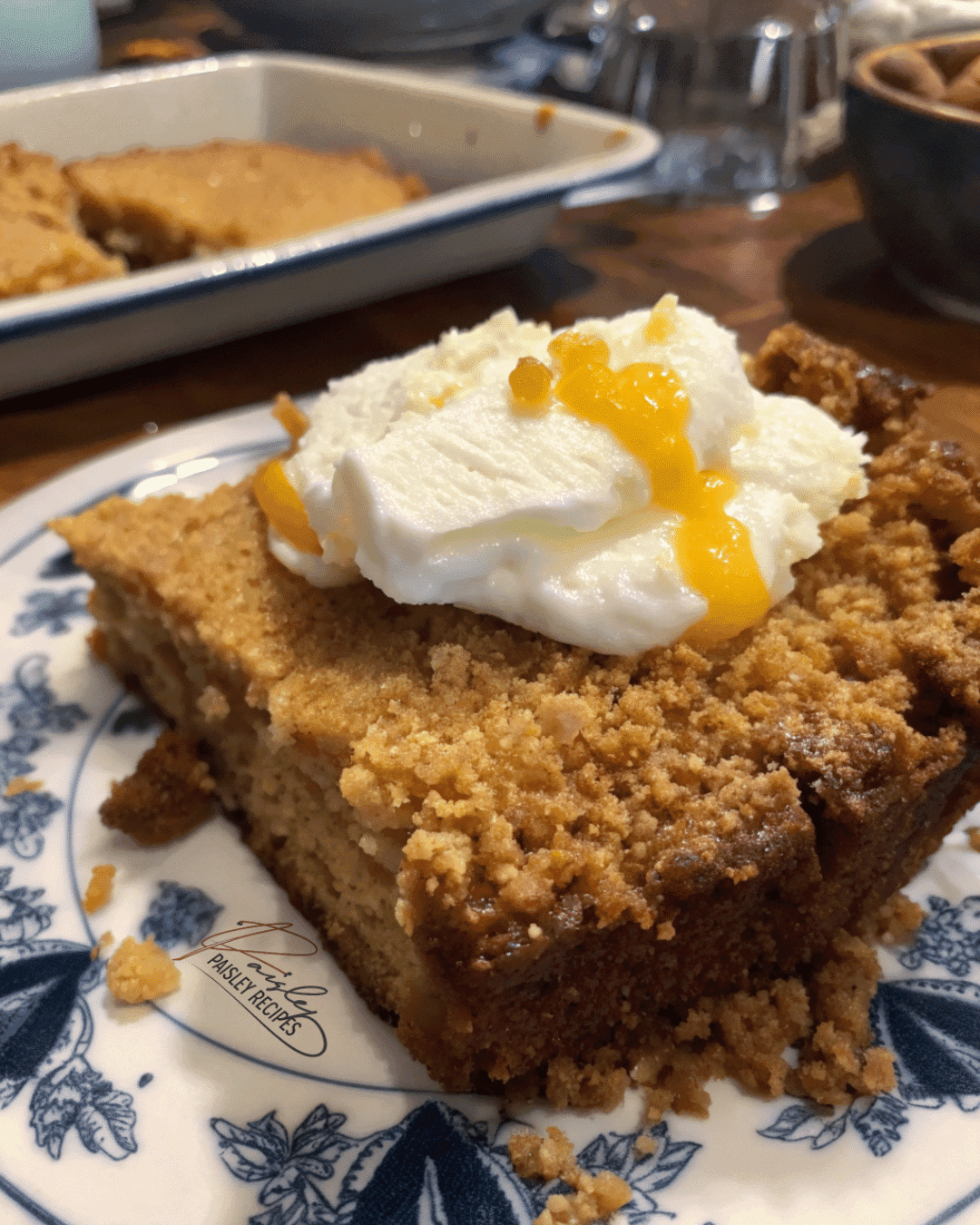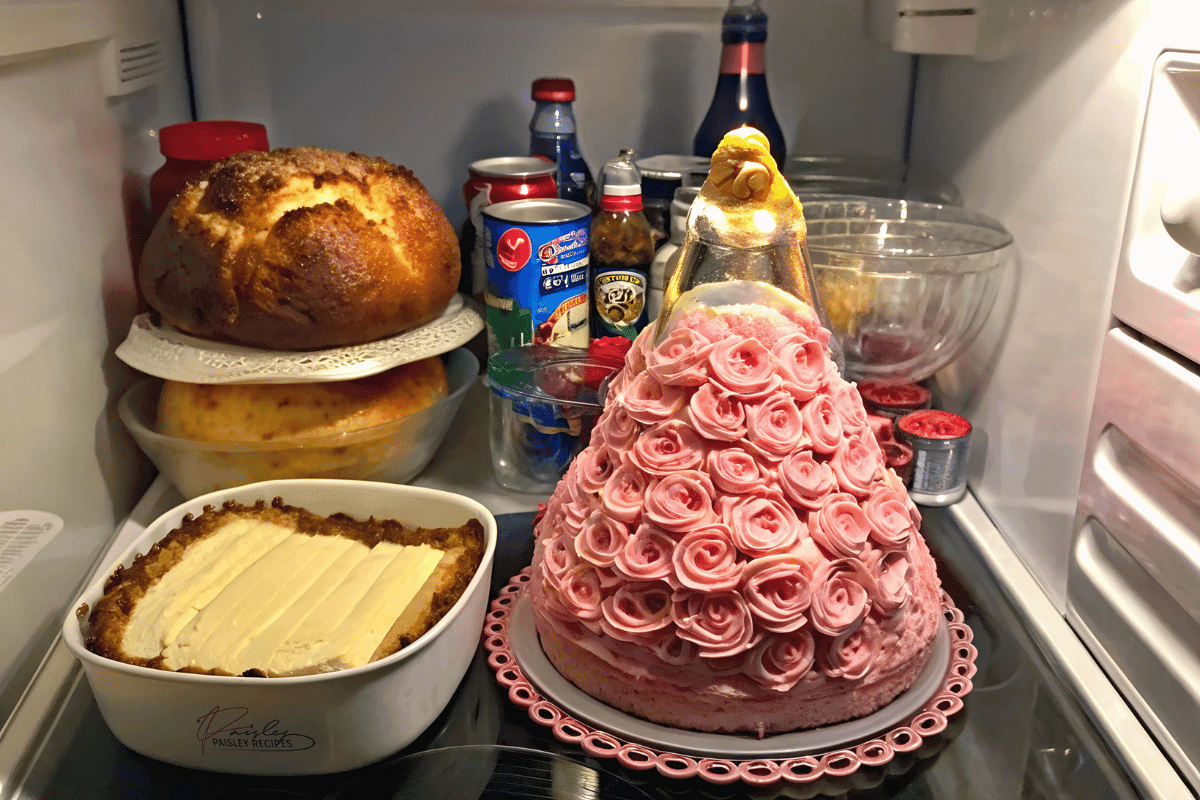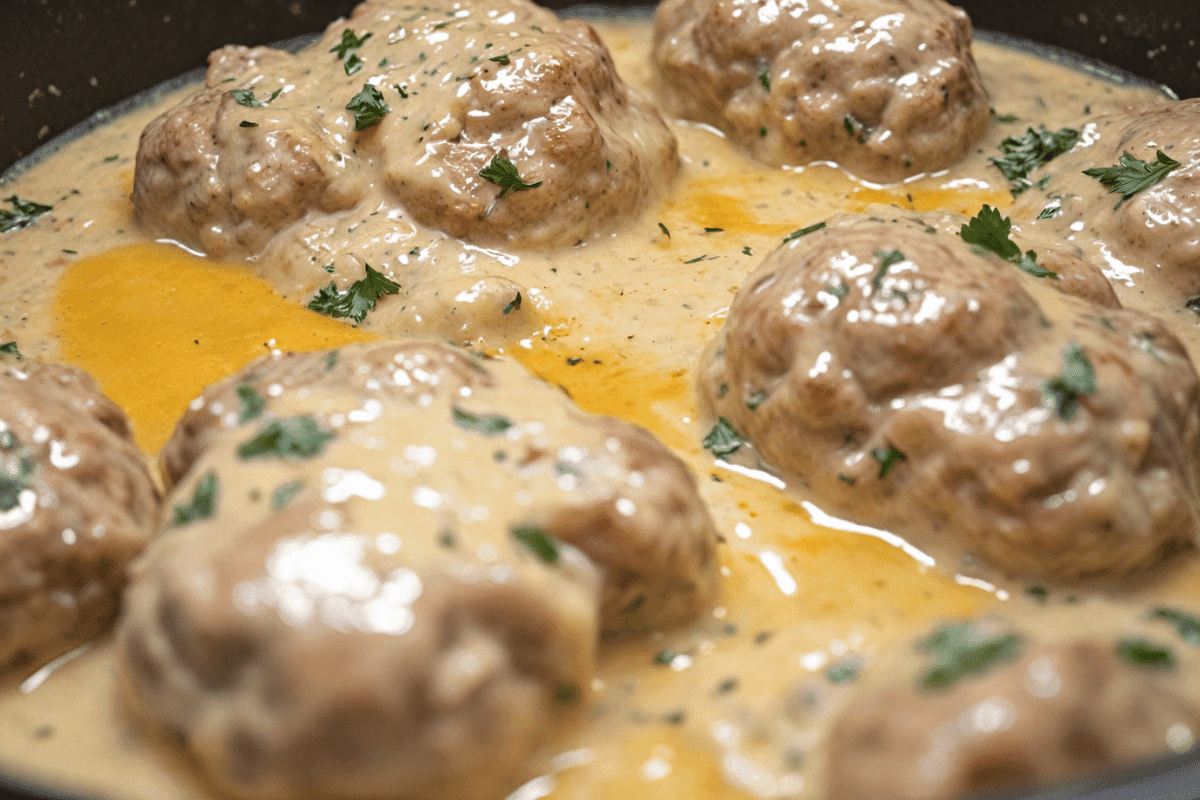Cottage cheese is a nutrient-packed ingredient that can be transformed into a delicious dish with the right mix-ins. Whether you’re a busy parent looking for a quick snack, a health-conscious individual, or a student on a budget, this guide will show you what tastes good mixed with cottage cheese. From savory to sweet, the possibilities are endless, making it an incredibly versatile option for any meal of the day. Let’s dive into how you can elevate your cottage cheese and tailor it to your taste preferences while keeping it healthy and simple!
Introduction to What Tastes Good Mixed With Cottage Cheese
Cottage cheese is an underrated superfood that deserves more attention. It’s rich in protein, low in calories, and provides a perfect blank canvas to pair with a variety of flavors. Whether you’re preparing a quick breakfast, a light lunch, or a satisfying snack, cottage cheese can be dressed up in countless ways. The focus here is to explore what tastes good mixed with cottage cheese and how you can incorporate it into your diet easily.
For those wondering what mixes well with cottage cheese, the answer lies in both sweet and savory ingredients. Cottage cheese’s subtle flavor makes it ideal for mixing with fresh fruits, nuts, seeds, spices, and even vegetables, allowing you to craft a meal that fits your mood and dietary needs. Moreover, it’s a wonderful ingredient for those who want to stay fit, thanks to its high protein content and low-carb profile. In this guide, you’ll discover tasty combinations, recipe ideas, and tips to ensure your cottage cheese dishes are never boring!
Benefits and Advantages of Cottage Cheese Mixes
Mixing cottage cheese with different ingredients not only enhances its taste but also improves the overall nutritional value of your meal. Here are several reasons why cottage cheese makes an excellent base for many dishes:
1. Rich in Protein
Cottage cheese is an excellent source of protein, making it ideal for those looking to boost their protein intake. Combining it with other high-protein foods like nuts, seeds, or even lean meats can help you stay full longer and aid in muscle repair and growth.
2. Low in Calories and Carbs
If you’re on a low-carb diet or watching your calorie intake, cottage cheese is a fantastic option. You can mix it with various low-calorie vegetables like cucumbers, tomatoes, or even leafy greens to create a satisfying, low-calorie dish that feels indulgent but aligns with your health goals.
3. Supports Weight Loss
Because of its high protein content and relatively low calorie count, cottage cheese is often associated with weight loss. When paired with fiber-rich foods like fruits and vegetables, it can create a balanced meal that promotes satiety.
4. Gut Health and Digestion
Cottage cheese is rich in calcium and probiotics, which support digestive health. Combining it with ingredients like flaxseeds, chia seeds, or berries can further enhance its digestive benefits.
5. Versatility in Flavor Pairings
One of the key advantages of cottage cheese is its adaptability. It pairs well with both sweet and savory flavors, meaning you can enjoy it with fruits like strawberries and pineapple for a dessert-like snack, or you can go the savory route with herbs, spices, or even a drizzle of olive oil.
By exploring what tastes good mixed with cottage cheese, you open up a world of nutrient-dense and flavorful meals that can fit into any lifestyle, from busy professionals to health-conscious food enthusiasts.
Ingredients Overview
Essential Ingredients for Delicious Cottage Cheese Mixes
Cottage cheese serves as a fantastic base that can be mixed with a variety of ingredients depending on your preferences. Here’s a comprehensive breakdown of what you can mix with cottage cheese to create a tasty and balanced dish:
1. Fruits
Sweet, juicy fruits provide a refreshing contrast to the creamy texture of cottage cheese. Some popular fruit pairings include:
- Strawberries
- Pineapple
- Blueberries
- Mango
- Pears
- Apples
These fruits add natural sweetness, vitamins, and fiber, making them a perfect match for cottage cheese, especially for breakfast or a light snack.
2. Nuts and Seeds
For a satisfying crunch and additional protein, nuts and seeds work beautifully with cottage cheese. You can use:
- Almonds
- Walnuts
- Pumpkin seeds
- Sunflower seeds
- Chia seeds
These add healthy fats and extra texture to your dish, making it more filling and nutritious.
3. Vegetables
For a savory twist, mix cottage cheese with fresh, crisp vegetables. Some of the best options include:
- Cucumbers
- Cherry tomatoes
- Bell peppers
- Avocados
- Spinach
Adding vegetables makes for a nutrient-packed, low-calorie meal that’s ideal for lunch or dinner.
4. Herbs and Spices
For those who prefer a savory flavor profile, seasoning is key. A dash of herbs or spices can take your cottage cheese to the next level. Consider adding:
- Dill
- Chives
- Garlic powder
- Paprika
- Black pepper
These simple additions bring bold flavors that make cottage cheese an exciting and savory dish.
Dietary Substitutions to Customize Your Cottage Cheese Mixes
Not everyone has the same dietary preferences, and some may need substitutions due to allergies or intolerances. Here are some ways to adapt cottage cheese mixes for various dietary needs:
1. Vegan Option
For those who avoid dairy, you can substitute traditional cottage cheese with plant-based alternatives made from almond or coconut milk. Pair it with similar fruits, nuts, and vegetables to create a vegan-friendly version.
2. Gluten-Free Option
Cottage cheese is naturally gluten-free, so no major modifications are needed for those with gluten sensitivities. Just ensure that any add-ins, like pre-made granola or seasonings, are labeled gluten-free.
3. Low-Carb Option
If you’re on a low-carb diet, stick to pairing cottage cheese with vegetables and nuts instead of fruits. Opt for nutrient-dense vegetables like leafy greens and cucumbers to keep your carb intake low.
4. Keto-Friendly Option
For a keto-friendly version, mix cottage cheese with high-fat, low-carb ingredients like avocados, olive oil, and seeds. You can also sprinkle in a little shredded cheese or bacon bits for added fats and flavor.
Customizing your cottage cheese mix is easy, allowing you to create meals that suit your dietary preferences without compromising on taste or nutrition.
How to Prepare the Perfect Cottage Cheese Mix: Step-by-Step Guide
Creating a delicious cottage cheese mix is incredibly easy and can be done in just a few steps. Here’s a simple guide to get you started:
First Step: Choose Your Base
Start with about 1 cup of cottage cheese, depending on how hungry you are. You can use full-fat, low-fat, or even non-fat versions depending on your dietary goals. Plant-based alternatives are also great if you’re dairy-free.
Second Step: Pick a Sweet or Savory Direction
Decide if you’re craving something sweet or savory. If you’re leaning toward sweet, grab some fresh fruits like berries, apples, or peaches. For a savory option, go for vegetables like cucumbers, tomatoes, or bell peppers.
Third Step: Add Protein and Texture
To make your cottage cheese mix more filling and nutritious, add a handful of nuts or seeds. Almonds, walnuts, sunflower seeds, or chia seeds are all excellent choices that complement the texture of cottage cheese while providing healthy fats.
Fourth Step: Season It
If you’re going the savory route, season your mix with herbs and spices. A sprinkle of black pepper, garlic powder, dill, or paprika can elevate the flavor. If you’re sticking with sweet, a dash of cinnamon or honey can do wonders.
Fifth Step: Combine and Serve
Stir all the ingredients together until everything is well mixed. You can enjoy it as is or chill it in the fridge for a more refreshing snack. This step is crucial for balancing the flavors and ensuring each bite is packed with deliciousness.
Optional Step: Add Toppings
Top your cottage cheese mix with some crunchy granola, extra fresh herbs, or even a drizzle of balsamic vinegar or honey, depending on whether you’re craving something sweet or savory. This final touch can add an extra layer of texture and flavor.
With these easy steps, you can whip up a delightful and nutritious cottage cheese mix in just minutes, perfect for a quick meal or snack at any time of day.
If you enjoyed this recipe, you might also love these :
cottage cheese recipes
What is the most popular way to eat cottage cheese?
What is the most popular way to eat cottage cheese?
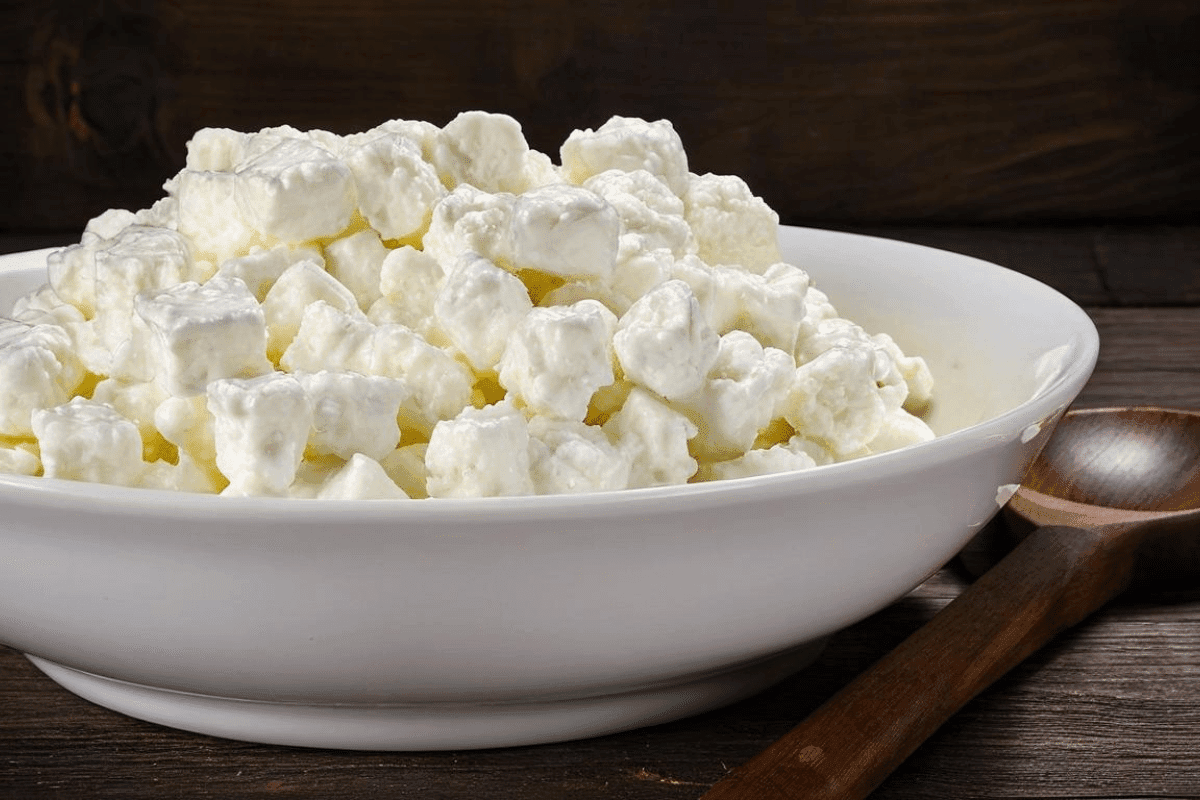
Mastering Cottage Cheese Mixes: Advanced Tips and Variations
Once you’ve mastered the basics, it’s time to explore more advanced ways to enjoy cottage cheese:
1. Baked Cottage Cheese Casseroles
If you’re looking for a hearty meal, incorporate cottage cheese into a baked casserole. Mix it with eggs, vegetables, and cheese to create a delicious and high-protein breakfast or dinner dish.
2. Smoothies
For a creamy, protein-rich smoothie, blend cottage cheese with your favorite fruits, a handful of spinach, and a dash of honey. This adds a silky texture to your smoothie and keeps you fuller for longer.
3. Cottage Cheese Pancakes
Add cottage cheese to your pancake batter for a high-protein breakfast that’s perfect for weekends. These pancakes turn out fluffy and moist, and you can pair them with fresh fruit or syrup.
4. Cottage Cheese Stuffed Peppers
For a unique savory dish, use cottage cheese as a filling for bell peppers. Mix it with quinoa or rice, herbs, and spices, then bake until golden brown for a hearty, nutritious meal.
Experimenting with these advanced variations allows you to explore the full potential of what tastes good mixed with cottage cheese.
How to Store Cottage Cheese Mixes: Best Practices
Storing your cottage cheese mix properly ensures that it stays fresh and flavorful:
- Refrigeration: Always keep your cottage cheese mix in an airtight container in the refrigerator. It should stay fresh for up to 3-4 days. Ensure that any fruit or vegetable mix-ins are still fresh when stored.
- Freezing: Cottage cheese can be frozen, but its texture may change slightly when thawed. If you plan on freezing, it’s best to store the cottage cheese separately from any add-ins like fruits or vegetables to preserve texture.
- Reheating: If you’ve made a warm cottage cheese casserole or dish, reheat it in the oven or microwave to enjoy a fresh, warm meal. Avoid reheating raw cottage cheese as it may lose some of its nutritional benefits and texture.
Following these storage tips will help you get the most out of your cottage cheese creations while maintaining their taste and nutritional value.
Nutritional Value of Cottage Cheese Mixes
Cottage cheese is a nutritional powerhouse, and adding different ingredients can enhance its benefits. Here’s a breakdown of its nutritional content:
- Protein: A cup of cottage cheese contains around 25g of protein, making it excellent for muscle building and repair.
- Calories: Depending on the fat content, a cup of cottage cheese ranges from 160 to 220 calories, making it a low-calorie, filling option.
- Fats: Full-fat cottage cheese contains healthy fats that promote satiety, while low-fat or non-fat versions offer a leaner alternative.
- Calcium: Cottage cheese is rich in calcium, supporting bone health.
Adding fruits, nuts, or seeds further boosts the fiber and micronutrient profile, making your cottage cheese mixes even more beneficial.
FAQs: Frequently Asked Questions
What Mixes Well with Cottage Cheese?
Fruits like strawberries, blueberries, and pineapple mix well with cottage cheese for a sweet combination, while vegetables like cucumbers and bell peppers work for a savory mix. Check out our post on delicious cottage cheese pairings at Paisley Recipes for more ideas.
What’s a Good Seasoning for Cottage Cheese?
Seasonings like black pepper, garlic powder, paprika, or fresh herbs such as dill and chives work wonders with cottage cheese. For more creative seasoning ideas, explore our detailed post on perfect cottage cheese seasonings at Paisley Recipes.
Do People Eat Cottage Cheese with Salt and Pepper?
Yes, many people enjoy cottage cheese with a simple sprinkle of salt and pepper. It’s a quick, savory option that enhances the flavor without overpowering it. Learn more about savory cottage cheese combinations on our blog.
Does Cottage Cheese Blend Well?
Absolutely! Cottage cheese blends well into smoothies, pancake batters, and even creamy dips. To explore how to incorporate cottage cheese into your blended recipes, visit our page on blended cottage cheese recipes at Paisley Recipes.

Conclusion
Cottage cheese is one of the most versatile and nutritious foods you can add to your diet. With endless combinations of fruits, vegetables, nuts, seeds, and spices, you’ll never get bored of discovering what tastes good mixed with cottage cheese. Whether you’re seeking a quick snack, a post-workout meal, or a full meal, cottage cheese can be customized to suit your cravings and dietary needs. Why not try out one of these mixes today and discover a new favorite way to enjoy cottage cheese?
PrintWhat Tastes Good Mixed With Cottage Cheese? A Versatile and Healthy Guide
Cottage cheese is a versatile, high-protein ingredient that pairs well with both sweet and savory mix-ins like fruits, vegetables, nuts, and seeds. Discover delicious combinations to suit any time of day.
- Total Time: 5 minutes
- Yield: 1 serving
Ingredients
- 1 cup cottage cheese
- Strawberries
- Pineapple
- Blueberries
- Almonds
- Walnuts
- Chia seeds
- Cucumbers
- Cherry tomatoes
- Bell peppers
- Dill
- Garlic powder
- Black pepper
- Olive oil (optional)
Instructions
- Start with 1 cup of cottage cheese as your base.
- Choose a sweet or savory flavor profile.
- For sweet, add fruits like strawberries, blueberries, or pineapple.
- For savory, mix in chopped cucumbers, bell peppers, and cherry tomatoes.
- Add texture and protein by mixing in nuts or seeds like almonds, walnuts, or chia seeds.
- Season with herbs and spices for extra flavor. Sweet mixes can be enhanced with cinnamon or honey, while savory options pair well with dill, garlic powder, or black pepper.
- Stir everything together until evenly combined, and enjoy!
Notes
- For a vegan version, substitute cottage cheese with a plant-based alternative.
- This recipe can be customized for low-carb or keto diets by using low-carb veggies and avoiding fruit.
- Feel free to refrigerate leftovers for up to 3 days.
- Prep Time: 5 minutes
- Cook Time: N/A
- Category: Breakfast
- Method: Mixing
- Cuisine: American
- Diet: Vegetarian
Nutrition
- Serving Size: 1 cup
- Calories: 220
- Sugar: 8g
- Sodium: 850mg
- Fat: 8g
- Saturated Fat: 3g
- Unsaturated Fat: 5g
- Trans Fat: 0g
- Carbohydrates: 10g
- Fiber: 2g
- Protein: 25g
- Cholesterol: 15mg

